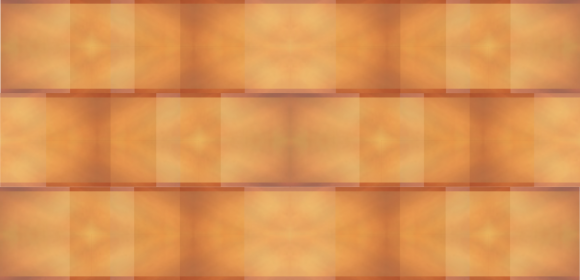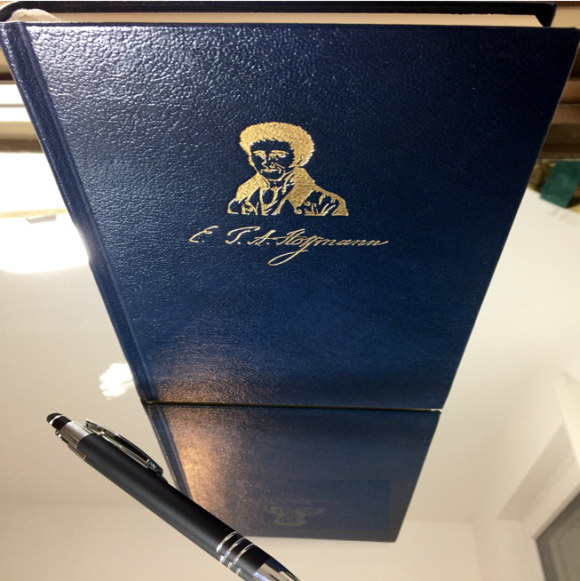
The architecture of Durrell’s "Alexandria" tetralogy is constructed in analogy to the idea of four-dimensional spacetime in the theory of relativity. Durrell calls this “the relativity proposition”. How does this work in terms of plot layout?

[Note: This post has been superseded by an updated and more integrated article.] There is a rather special use of mirror imagery in Justine, when Durrell’s narrator reflects on his last conversation with the writer Pursewarden (which had taken place immediately before the latter committed suicide). The fact that this was our last meeting has invested it, in retrospect, with a significance which...

[Note: This post has been superseded by an updated and more integrated article.] We have already seen two roles that mirrors play in Durrell’s Alexandria Quartet: they indicate a certain self-awareness (a ‘reflectiveness’, we might say with a somewhat tired pun) in a character, and they expose a distance, even separation between their inner worlds when they interact. In other words, Durrell has...

[Note: This post has been superseded by an updated and more integrated article.] ‘Mirror’ is one of Durrell’s words; mirrors are one of his images: they appear throughout the Alexandria tetralogy, in various functions. 1. When the narrator’s relationship with Melissa starts, her previous lover is jealous (to the point of following him around with a pistol in his coat). The two men fall into a...

The workings of our social environment are so close before our eyes that we often don’t even notice them; but many of them profoundly shape what we perceive as “reality”. It has proved fruitful to understand this along the lines of an analogy: social interactions share many characteristics with theatrical performances. Thus social interactions are enacted, as if on a stage, and “reality” is of...

There is a certain kind of personal gain which you can only attain by deliberately becoming invisible to others — by ensuring that they can no longer see you for what you really are. If this sounds like a small price to pay, wait to see what develops out of it: for there are hidden costs to the bargain. It is, after all, a pact with dark forces, and in the end, it may leave you in despair.

The adventure is kicked into motion by an episode of emotional upheaval (and we know where that leads): a surprise meeting with Julia, an old flame, at the New Year’s party. Romantic memories awake, then confusion arises when she acts somewhat coldly but also, it seems, with some recognition, and finally deep disappointment fuels the mix at her husband’s appearance. This is too much: it all...